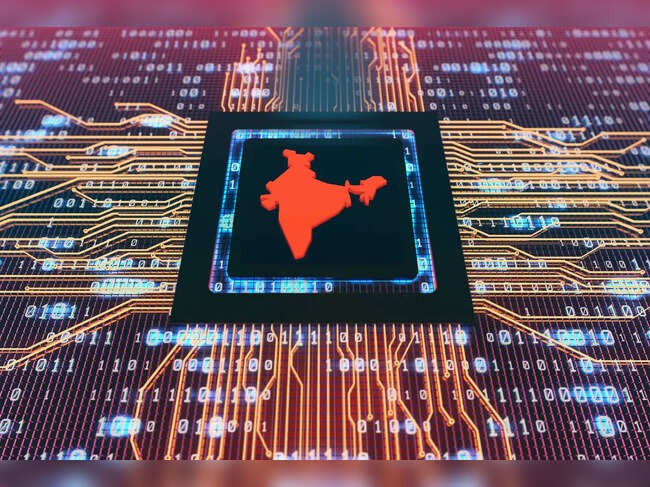



The Finance Ministry dismissed claims of imposing MDR charges on UPI transactions as false and misleading. No such plan exists, and the government remains committed to promoting digital payments. UPI processed 18.68 billion transactions worth ₹25.14 lakh crore in May, reinforcing India’s lead in global real-time payments.

Copyright infringement not intended
Picture Courtesy: NDTV
The Union Ministry of Finance has dismissed speculation about levying a Merchant Discount Rate (MDR) on transactions made through the Unified Payments Interface (UPI), calling such claims "false, baseless, and misleading."
Developed by the National Payments Corporation of India (NPCI), UPI is an instant real-time payment system.
It facilitates inter-bank peer-to-peer and person-to-merchant transactions simply through a mobile number and a virtual payment address (VPA).
MDR is a fee that a merchant or business pays to their bank for accepting payments from customers via digital means like credit or debit cards.
When a customer pays using a debit or credit card, the full amount is not credited to the merchant's account. The bank deducts the MDR fee before settling the payment.
This fee is then distributed among the key players who facilitate the transaction:
The MDR is calculated as a percentage of the transaction value. This rate is not arbitrary and usually ranges from 1% to 3%, depending on several factors like the merchant's transaction volume, the type of card used (credit cards often have higher MDR than debit cards), and whether the transaction is domestic or international.
To push digital payments and financial inclusion, the government mandated a zero-MDR policy for all transactions via UPI and RuPay debit cards, effective from January 1, 2020.
The zero-MDR policy has been a catalyst for UPI's growth.
MDR charges are automatically deducted from the merchant’s account at the time of settling the transaction batch. Under the rules laid down by RBI, business owners cannot pass on the MDR charges to their customers.
Despite the success, the zero-MDR policy has created a debate centered on the financial sustainability of the payments ecosystem.
Industry's Perspective
Financial Strain => Payment service providers, including banks and fintech companies, argue that they have significant operational costs for maintaining and upgrading the UPI infrastructure, including servers, technology, and security.
Sustainability Concerns => Industry bodies like the Payments Council of India (PCI) have highlighted that the ecosystem faces "pressing financial sustainability concerns". They estimate the annual cost to run UPI services is around ₹10,000 crore.
Inadequate Compensation => The government provides an incentive scheme to compensate for some of these costs. However, the PCI contends that the allocated ₹1,500 crore is only a fraction of what is required.
Government Stand
Public Good => The government views UPI as a digital public good, crucial for financial inclusion and formalizing the economy. The focus is on maximizing public access and adoption rather than on revenue generation for service providers.
No Plans for MDR => The Finance Ministry has stated its commitment to promote digital payments through UPI and has confirmed there is no plan to levy MDR charges.
Must Read Articles:
Source:
|
PRACTICE QUESTION Q. Consider the following statements regarding the Merchant Discount Rate (MDR): 1.MDR is a fee paid by customers directly to the payment processing company for digital transactions. 2.RBI rules mandate that business owners cannot pass on MDR charges to their customers. Which of the above statements is/are correct? A) 1 only B) 2 only C) Both 1 and 2 D) Neither 1 nor 2 Answer: B Explanation: Statement 1 is incorrect: The Merchant Discount Rate (MDR) is a fee that the merchant or business owner pays to their bank (the acquiring bank) for processing digital transactions from customers. This fee covers the costs of the various parties involved in the transaction, including the customer's bank, the payment network (like Visa or Mastercard), and the company that provides the point-of-sale (POS) terminal. Statement 2 is correct: The Reserve Bank of India has advised banks to ensure that the merchants they partner with do not pass on MDR charges to customers, particularly for debit card transactions. The intent is that the displayed price of goods or services should be the same for customers regardless of their payment method. If a merchant levies an extra charge for a digital payment, customers can file a complaint with the RBI. |








© 2025 iasgyan. All right reserved